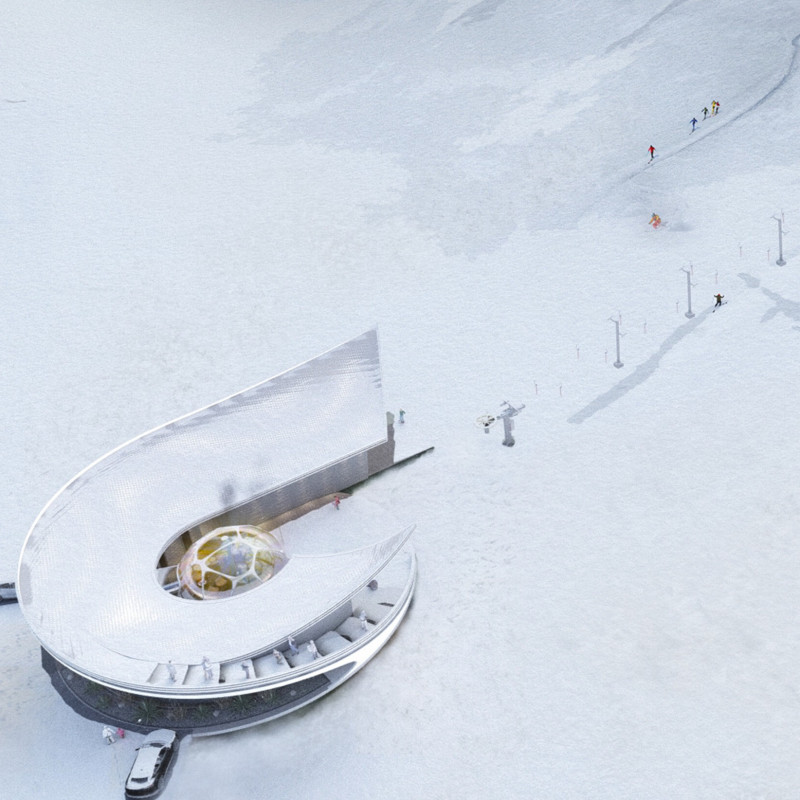5 key facts about this project
The overall design embodies a modern aesthetic while respecting the historical context of the site. Its exterior façade features a combination of locally sourced materials, including textured concrete, glass, and natural wood elements, which provide warmth and a sense of belonging. The use of varied materials not only establishes a visual dialogue with neighboring structures but also ensures durability and ease of maintenance, which are crucial for urban architecture.
The layout of the project is carefully articulated to facilitate movement and interaction among its occupants. Open spaces are incorporated into the design to encourage social gatherings and foster a sense of community. The strategic placement of large windows allows for ample natural light, creating a welcoming atmosphere within the interiors. These windows also provide a visual connection to the outside, reinforcing the relationship between the building and its surroundings.
An integral part of this project is its focus on sustainability. The design integrates eco-friendly technologies such as green roofs, which not only enhance the building's insulation but also contribute to biodiversity by creating habitats for local flora and fauna. Rainwater harvesting systems are incorporated to minimize water waste, while solar panels are installed to harness renewable energy, highlighting a commitment to reducing the carbon footprint.
The interior spaces are meticulously designed with functionality in mind, featuring flexible layouts that can adapt to various activities and events. Common areas are equipped with comfortable furniture and technology that support collaborative work, mirroring contemporary trends in architecture that prioritize user experience. The thoughtful incorporation of acoustics ensures that these spaces remain conducive to both group interaction and individual focus.
Unique design approaches are evident in the project's architectural language, particularly in the use of asymmetrical forms that add a contemporary flair while allowing for practical considerations such as maximizing usable space. This playful yet purposeful manipulation of geometry not only attracts attention but also serves to effectively delineate different functional areas within the building. Green walls and cascading terraces further contribute to the project's innovative approach, emphasizing an ongoing dialogue with the environment.
This project stands out due to its holistic approach to architectural design—each element, from its structural framework to the selection of materials, is carefully considered to fulfill both aesthetic and practical needs. The emphasis on community interaction, sustainability, and user-centric design solutions positions it as a forward-thinking example of modern architecture.
For those interested in gaining deeper insights into this project, a closer examination of the architectural plans, sections, and design elements will reveal the thought processes behind each detail. Exploring these aspects can provide a comprehensive understanding of how architecture can effectively respond to both environmental and social challenges. As you delve into this project presentation, you will uncover the nuances that contribute to its success as a modern architectural endeavor.


























